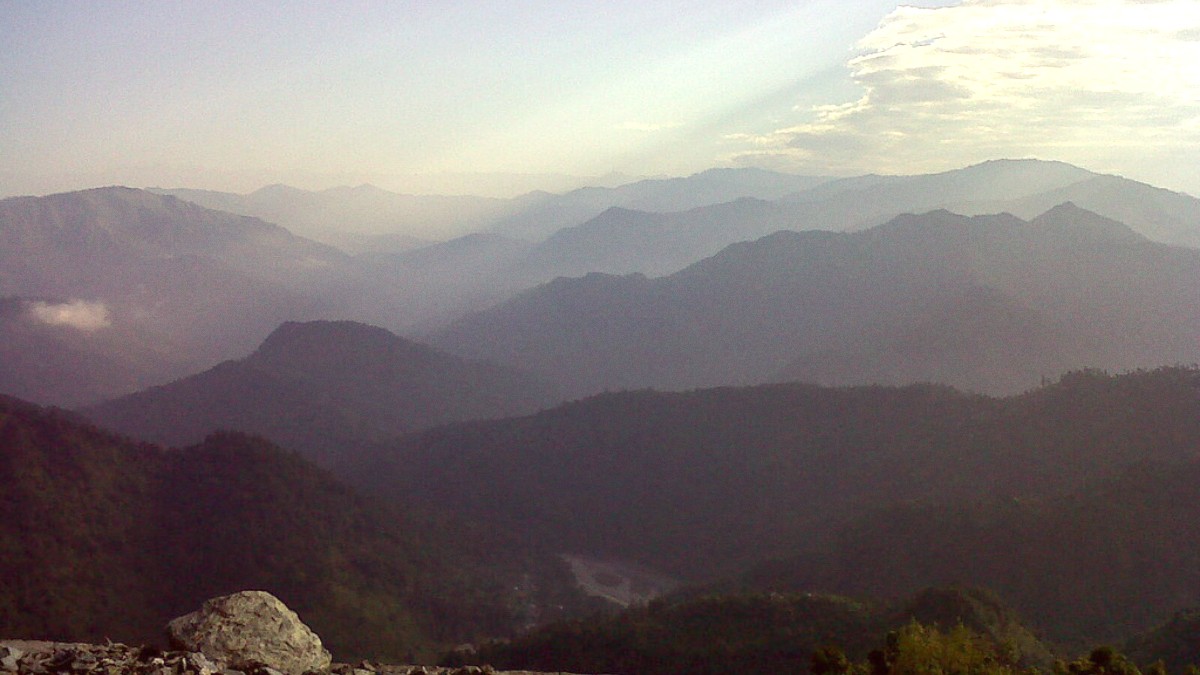
West Bengal, India
Darjeeling's cuisine directly mirrors its demographics. The predominant influence comes from the Nepali-speaking Gorkha community, a large part of the population. Over time, these have integrated with Bengali and broader Indian flavors.
The food highlights fresh, local ingredients and comforting, often spicy, preparations suitable for the cool mountain climate.
When eating traditional meals, use your right hand. Many local eateries do not automatically provide cutlery.
Polite to accept food offered to you, especially when visiting homes or smaller, family-run establishments.
Finishing all food on your plate indicates appreciation. However, leaving a small amount sometimes signals being full and satisfied.
Steamed or fried dumplings with minced meat (chicken, pork, buff) or vegetables. They come with a spicy dipping sauce (chutney).
Tip: Try the local "buff" (water buffalo) momos for an authentic taste.
A hearty Tibetan noodle soup. It features vegetables and often meat (chicken, pork, or buff). Thukpa brings comfort, especially in the cold Darjeeling weather.
A spicy potato curry, often served as a snack or side. It pairs well with 'chiura' (flattened rice) or 'puri' (deep-fried bread).
The region's most famous product. Sample various flushes (first, second, autumn) and types (black, green, oolong, white). Visiting a tea estate for a tasting is a rewarding experience.
A traditional fermented millet drink popular in the Himalayan region. Served in a bamboo vessel with a straw, hot water added to the millet. It has a mild alcoholic content and a distinct, earthy flavor.
Limited, but some luxury hotels like Mayfair Darjeeling showcase upscale dining experiences with diverse menus and refined service. These are good for a special evening.
Numerous options are available around Mall Road and Laden La Road. They present a mix of Indian, Nepali, Tibetan, and sometimes basic Chinese cuisine. These locations present comfortable settings and a balance of price and quality.
Chowk Bazaar, Mall Road, and various small lanes present inexpensive and authentic local food. These are excellent places for momos, thukpa, and aloo dum. While affordable, prioritize stalls that appear clean and have high customer turnover.
While some restaurants showcase basic Chinese and Indian dishes, Darjeeling is best known for its local specialties.
A wide variety of international cuisines is not present.
The local specialties are the culinary highlight.
Hosts many small eateries and fresh produce stalls.
Fresh produce is available.
Small eateries present local dishes.
Experience bustling local life.
Halal meat may be present in some specific restaurants catering to Muslim travelers, but it is not as widespread as in larger Indian cities.
Kosher food is generally not present.
Use translation apps or pre-written cards to explain your dietary restrictions.
Ask your hotel for recommendations for places that cater to your needs.
Some local homestays or tour operators may present informal cooking experiences, like momo-making workshops.
Local craft workshops, like traditional painting or weaving, are less common but might be available on inquiry.
Formal language learning for short-term visitors is not commonly available.
Tea cafes specializing in Darjeeling tea are a highlight. They showcase a range of tea varieties.
Often paired with snacks or light meals, in a cozy setting.
Embrace the unique tastes that reflect the region's cultural blend.
A distinctive culinary journey.
Essential mountain comfort food, widely available.
Many dining spots offer stunning mountain backdrops.
A quintessential experience in the home of this famous beverage.
Embrace local flavors and experiences.